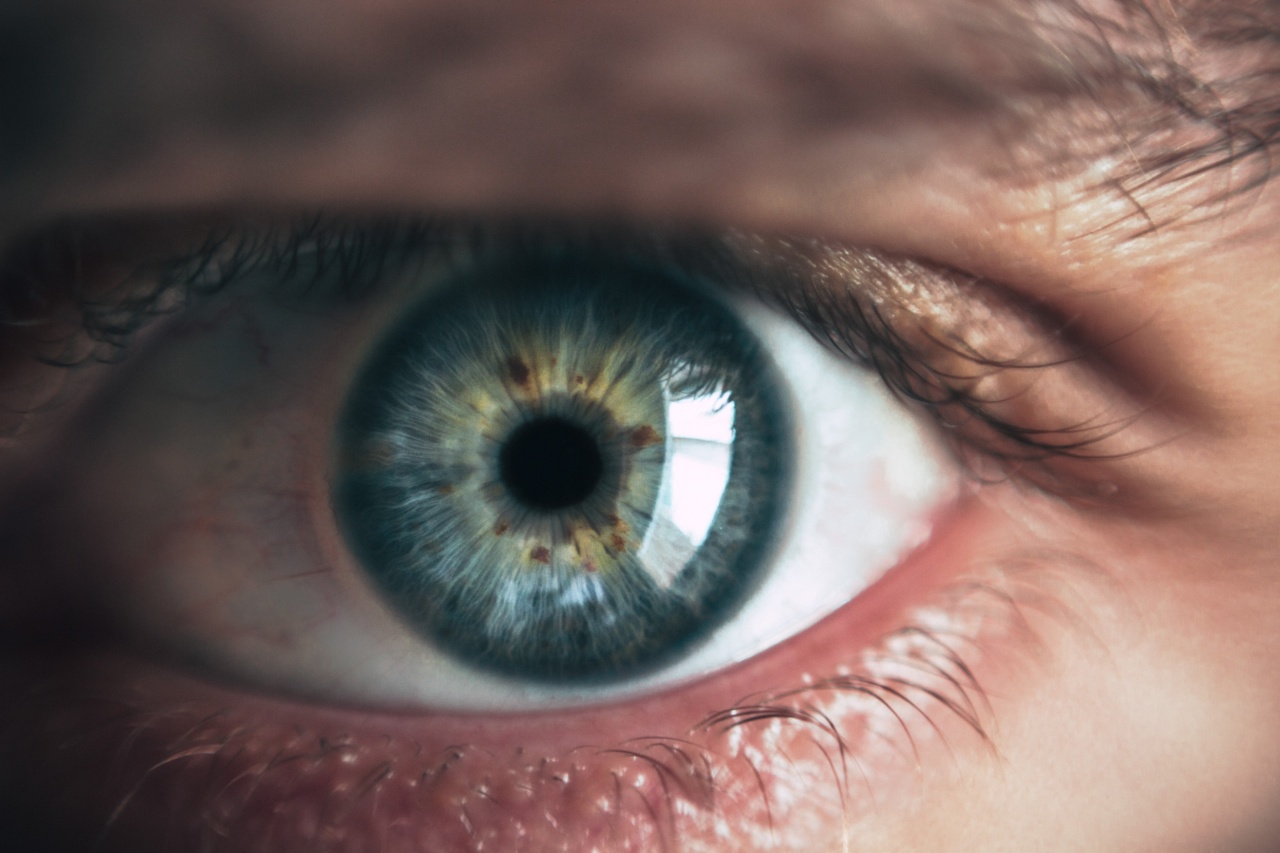Blurred vision is a common visual problem that many people experience at some point in their lives. It is characterized by a lack of sharpness or clarity in eyesight, making objects appear fuzzy or out of focus.
Blurred vision can range in severity and duration, with some cases being temporary and others indicating a more serious underlying condition. Understanding the causes of blurred vision can help determine the appropriate course of action to address this issue. Here are six common causes of blurred vision:.
1. Refractive Errors
One of the most common causes of blurred vision is refractive errors. This refers to abnormalities in the shape of the eye that prevent light from focusing properly on the retina, leading to blurry vision. The three main types of refractive errors are:.
- Myopia (Nearsightedness): A condition in which close objects appear clear, but distant objects appear blurred.
- Hyperopia (Farsightedness): A condition in which distant objects may be seen more clearly than close objects.
- Astigmatism: A condition in which the cornea is irregularly shaped, causing distorted or blurred vision at all distances.
Refractive errors can usually be corrected with prescription glasses, contact lenses, or refractive surgery.
2. Cataracts
Cataracts are another common cause of blurred vision, especially in older individuals. A cataract is a clouding of the lens in the eye, which affects the clarity of vision.
As cataracts progress, they can cause blurry or hazy vision, sensitivity to light, difficulty seeing at night, and a decrease in color perception. Cataracts can be treated with surgery to remove the cloudy lens and replace it with an artificial one, restoring clear vision.
3. Dry Eyes
Dry eyes occur when the eyes are unable to produce enough tears or maintain proper tear quality to keep the eyes lubricated. This can lead to discomfort, redness, itching, and blurry vision.
Dry eyes can be caused by various factors, including environmental conditions, certain medications, hormonal changes, and underlying health conditions. Artificial tears, lubricating eye drops, and lifestyle adjustments can help manage dry eyes and reduce blurry vision.
4. Eye Infections
Infections of the eye, such as conjunctivitis (pink eye) or keratitis, can cause blurred vision along with other symptoms like redness, pain, itching, and discharge.
Eye infections can be caused by bacteria, viruses, or fungi, and they require proper diagnosis and treatment. Depending on the type and severity of the infection, treatment may involve prescription medication, eye drops, or ointments.
5. Glaucoma
Glaucoma is a group of eye diseases characterized by damage to the optic nerve, often associated with increased eye pressure. Glaucoma can cause gradual vision loss and, if left untreated, lead to permanent blindness.
In the early stages, glaucoma may not cause noticeable symptoms other than blurred vision or mild eye discomfort. Regular eye exams are essential for detecting and managing glaucoma before it progresses.
6. Diabetes
Diabetes can have various effects on vision, and blurred vision is one of the common symptoms. Uncontrolled blood sugar levels can cause swelling of the lens inside the eye, resulting in blurred vision.
Additionally, diabetes increases the risk of developing diabetic retinopathy, a condition that damages the blood vessels in the retina, leading to vision problems. Managing blood sugar levels and regular eye exams are crucial for individuals with diabetes to prevent or manage vision-related complications.
Conclusion
Blurred vision can be caused by various factors, ranging from minor refractive errors to more serious underlying conditions.
If you experience persistent or worsening blurred vision, it is important to consult an eye care professional for a comprehensive eye examination. Proper diagnosis and treatment can help preserve and improve your vision, ensuring optimal eye health.





























